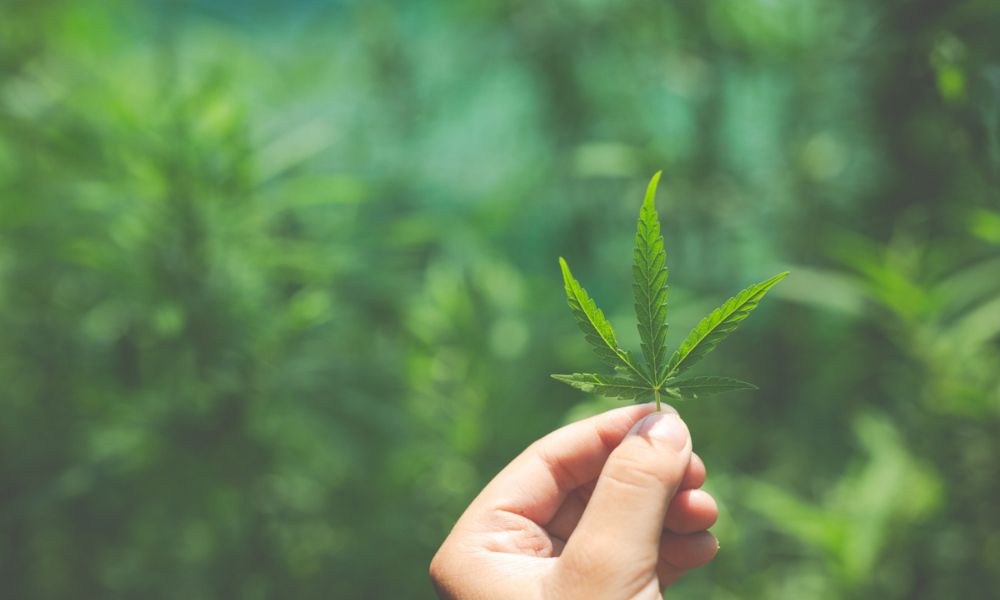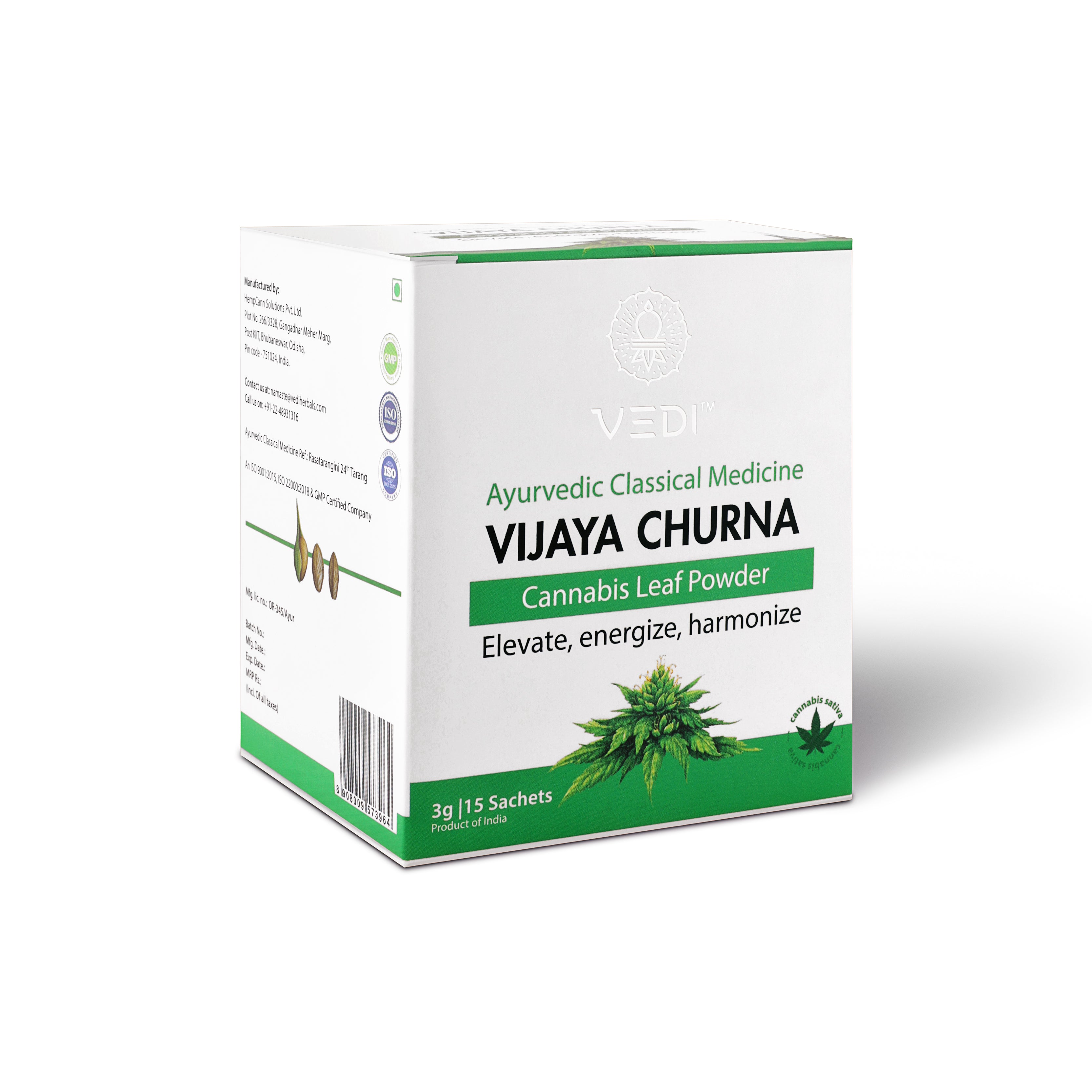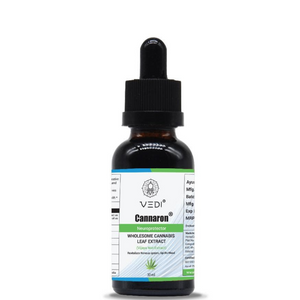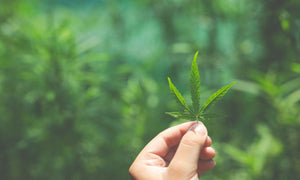What Is the Difference Between Bhang and Ganja ?

Bhang and Ganja are both derived from the Cannabis plant, but they differ in terms of preparation, consumption, and effects. Though often used interchangeably, these two substances have unique qualities that set them apart.
In this blog, we will explore the key differences between Bhang vs. Ganja, as well as their preparation, usage, cultural significance, and more.
Comparison Table: Bhang vs Ganja
| Sr. No. | Aspect | Bhang | Ganja |
|---|---|---|---|
| 1 | Preparation | Made from the leaves and buds of Cannabis Sativa | Made from dried flowers, leaves, and resin of Cannabis plant |
| 2 | Consumption Method | Ingested in food and drinks (e.g., bhang lassi) | Typically smoked or vaporized |
| 3 | Potency | Mild, less intoxicating | High potency, contains more THC |
| 4 | Legal Status | Tolerated in certain regions for medicinal and cultural use | Strictly illegal under the Narcotic Drugs and Psychotropic Substances Act |
| 5 | Time to Take Effect | 2-3 hours (due to digestion) | 30 minutes (quick effects when smoked) |
| 6 | Cultural Significance | Consumed during festivals like Holi, associated with Lord Shiva | Used historically by ascetics; modern recreational use |
| 7 | Active Compounds | Primarily contains lower levels of THC | Higher levels of THC, producing stronger effects |
| 8 | Common Forms | Bhang lassi, bhang goli (balls) | Smoked in joints, pipes, or bongs |
What Is Bhang?
Bhang is a preparation made by grinding and soaking the dried leaves and buds of the Cannabis Sativa plant. It is most commonly consumed during Indian festivals like Holi and is associated with Lord Shiva. Bhang is typically ingested, often in the form of drinks like bhang lassi or balls known as bhang goli.
Key Facts About Bhang:
- Cultural Importance: Bhang plays an integral role in festivals like Holi, symbolizing spirituality and connection to Lord Shiva.
- Consumption: Typically consumed through food and drinks, such as bhang lassi or bhang goli (cannabis-infused balls).
- Potency: Bhang has a mild effect, much weaker than ganja or marijuana.
What Is Ganja?
Ganja, also referred to as marijuana, weed, or pot, is made from the dried flowers, leaves, and resin of the Cannabis plant. Unlike bhang, which is ingested, ganja is usually smoked for its more rapid and potent effects.
Key Facts About Ganja:
- Potency: Ganja is more potent due to the higher concentration of THC, the psychoactive compound in cannabis.
- Consumption: Typically smoked, causing a quicker onset of effects.
- Legal Status: Ganja is illegal under the Narcotic Drugs and Psychotropic Substances (NDPS) Act, with severe penalties for possession.
Bhang vs. Ganja: Key Differences
Bhang is milder, and its effects are felt slowly (after 2-3 hours), often consumed during cultural and religious occasions. It has low levels of THC and is tolerated in many parts of India for its ceremonial use.
Ganja, on the other hand, is stronger due to its higher THC content and is typically smoked for rapid intoxication. Its use is recreational, and it is legally restricted under Indian law.
Cultural Significance of Bhang and Ganja
Bhang holds a special place in Indian culture, especially during religious festivals like Holi, where it is consumed in traditional forms like bhang lassi. It symbolizes spiritual connection and transcendence, often linked to Lord Shiva.
Ganja has historically been used by Hindu ascetics (sadhus) during meditation to aid in spiritual enlightenment. In modern times, it is consumed recreationally and is becoming increasingly popular among urban youth.
How Bhang and Ganja Affect the Mind and Body
Both bhang and ganja contain the psychoactive compound THC, but in varying levels.
- THC (Tetrahydrocannabinol): This is the primary compound responsible for the "high" effect. It affects mood, memory, and motor functions.
- CBD (Cannabidiol): While CBD has a calming and anti-inflammatory effect, it can also help mitigate some of the psychoactive effects of THC.
Health Benefits and Risks
When consumed responsibly, cannabis-based products like bhang and ganja have several health benefits:
- Pain Relief: Cannabis can help alleviate chronic pain.
- Mental Health: It is often used in treating conditions like anxiety, depression, and post-traumatic stress disorder (PTSD).
- Nausea Relief: It is helpful for individuals undergoing chemotherapy.
However, excessive use can lead to side effects such as:
- Mental Health Issues: Increased risk of depression and other mental disorders.
- Respiratory Issues: Smoking ganja can cause respiratory problems and lung damage.
Conclusion: Bhang vs. Ganja
While bhang and ganja are derived from the same plant, their use, effects, and cultural significance differ significantly. Bhang is traditionally consumed in food and drinks, typically during festivals like Holi, and has a mild effect, while ganja is smoked for its more potent, rapid effects.
It’s essential to understand these differences and consume cannabis products responsibly, taking into account both the legal status and potential health risks associated with their use.







